Gardening is a rewarding and therapeutic hobby that allows you to cultivate plants, beautify your surroundings, and enjoy nature. Whether you’re growing vegetables, flowers, herbs, or ornamental plants, gardening can be adapted to fit various spaces and preferences. Here’s a comprehensive guide to help you get started and maintain a successful garden:
1. Types of Gardening
- Vegetable Gardening
- Description: Focuses on growing edible plants such as tomatoes, carrots, and lettuce.
- Tips: Choose crops suited to your climate, plan for seasonal planting, and use raised beds or containers if space is limited.
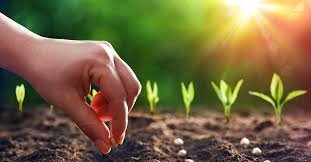
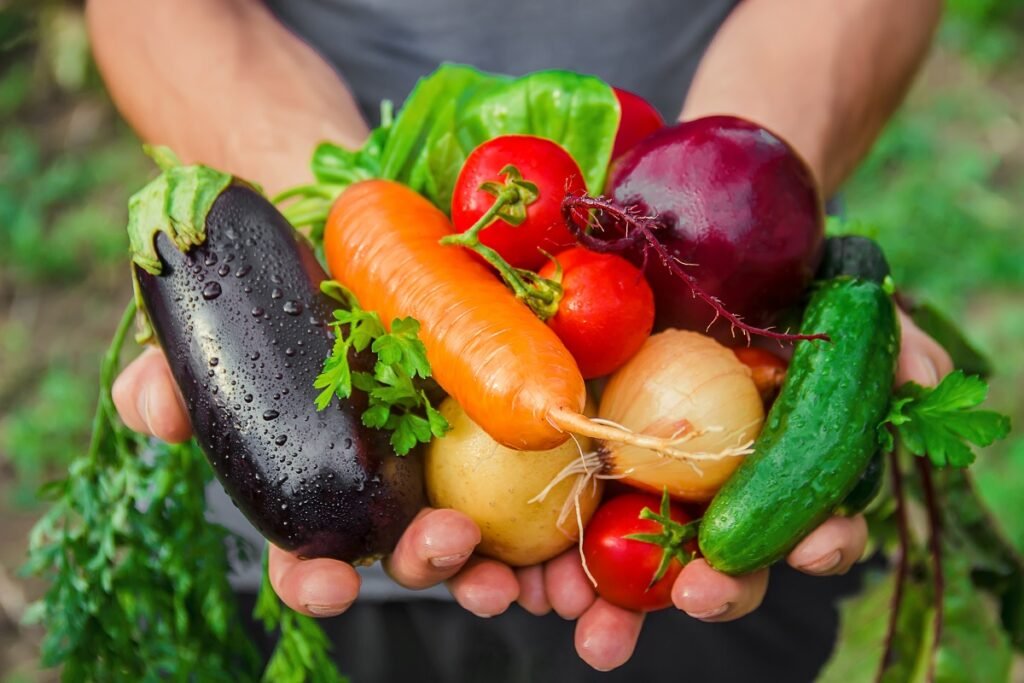
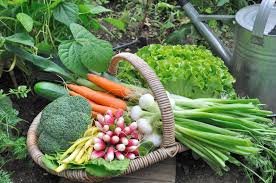
- Flower Gardening
- Description: Centers around cultivating ornamental plants for aesthetic appeal.
- Tips: Select flowers based on your climate and garden design preferences. Plan for year-round blooms by choosing a mix of annuals and perennials.
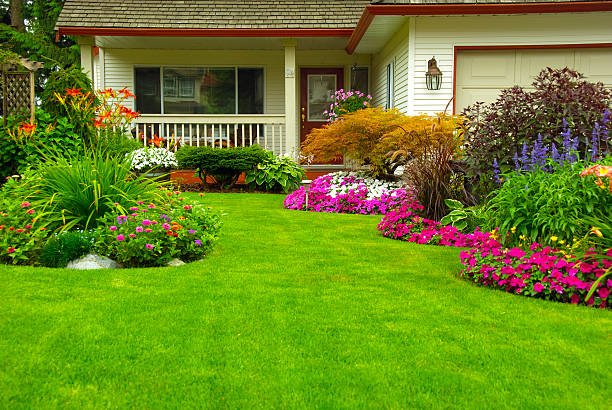
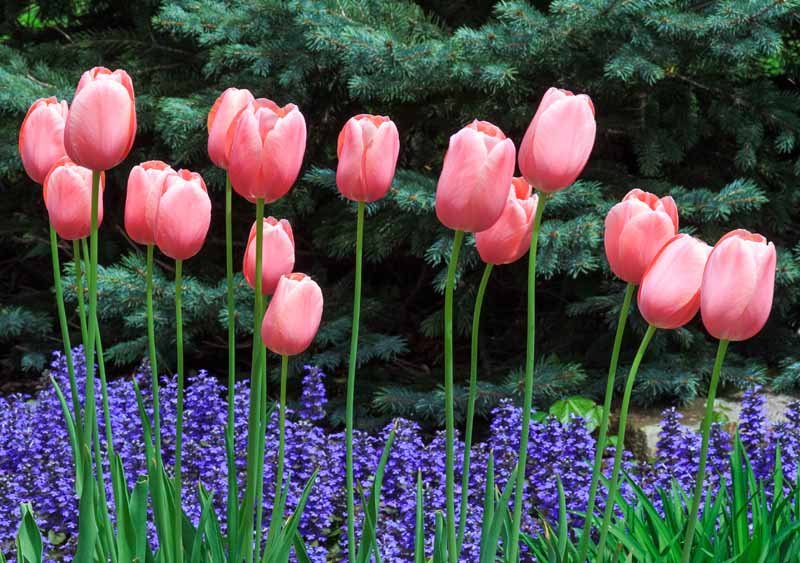
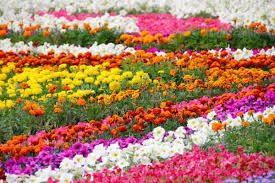
- Herb Gardening
- Description: Involves growing herbs for culinary, medicinal, or aromatic purposes.
- Tips: Herbs often thrive in containers or small garden beds. Common herbs include basil, rosemary, and mint.
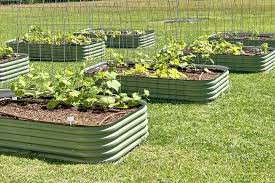
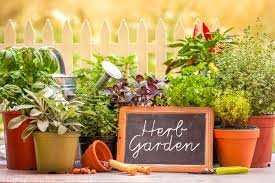
- Container Gardening
- Description: Growing plants in pots or containers, ideal for limited spaces like balconies or patios.
- Tips: Choose appropriate-sized containers with drainage holes. Use high-quality potting mix and ensure proper watering and fertilizing.
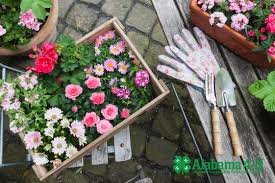
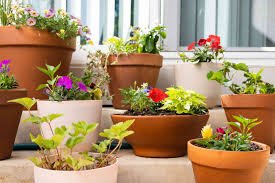
- Indoor Gardening
- Description: Cultivating plants indoors, often in pots or hydroponic systems.
- Tips: Provide adequate light, moisture, and temperature control. Suitable plants include succulents, ferns, and small vegetables.

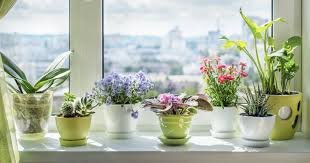
- Succulent and Cacti Gardening
- Description: Focuses on growing drought-tolerant plants with thick, fleshy parts.
- Tips: Use well-draining soil and pots with drainage holes. Water sparingly and ensure plenty of sunlight.
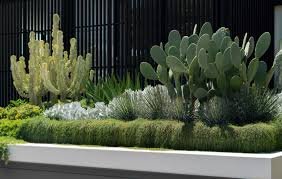
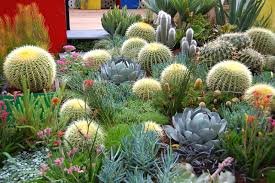
2. Basic Gardening Steps
- Planning and Design
- Assess Space: Determine the size, light conditions, and soil type of your garden area.
- Choose Plants: Select plants that suit your climate, soil, and available light. Consider growth patterns and spacing requirements.
- Soil Preparation
- Soil Testing: Test your soil’s pH and nutrient levels to understand its needs.
- Amendments: Improve soil quality with organic matter like compost, manure, or peat moss. Ensure good drainage and aeration.
- Planting
- Timing: Plant seeds or seedlings according to the season and recommended planting dates.
- Spacing: Follow guidelines for spacing to prevent overcrowding and allow for healthy growth.
- Depth: Plant at the correct depth based on the plant’s needs.
- Watering
- Schedule: Water plants according to their needs and local climate. Early morning is generally the best time.
- Techniques: Use methods like drip irrigation, soaker hoses, or watering cans to ensure even moisture distribution.
- Fertilizing
- Types: Use organic or synthetic fertilizers based on plant requirements and soil conditions.
- Application: Follow instructions for application rates and timing to avoid over-fertilizing.
- Pruning and Maintenance
- Pruning: Remove dead or diseased plant parts and trim to encourage healthy growth and shape.
- Weeding: Regularly remove weeds to prevent competition for nutrients and water.
- Pest Control: Monitor for pests and diseases. Use organic or chemical treatments as needed, and consider companion planting for natural pest control.
3. Seasonal Gardening Tips
- Spring
- Activities: Start planting cool-season crops, prepare garden beds, and prune dormant plants.
- Plants: Lettuce, peas, radishes, and early-flowering perennials.
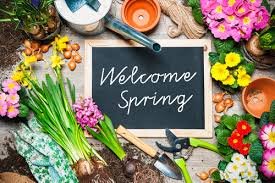
- Summer
- Activities: Maintain watering and weeding, mulch to retain moisture, and harvest early crops.
- Plants: Tomatoes, peppers, cucumbers, and summer flowers.
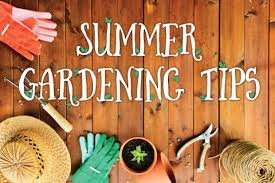
- Fall
- Activities: Plant cool-season crops, prepare the garden for winter, and collect seeds for next year.
- Plants: Kale, spinach, and autumn-flowering plants.
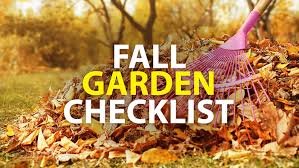
- Winter
- Activities: Plan for the next growing season, protect plants from frost, and maintain indoor plants.
- Plants: Indoor herbs, winter greens, and hardy outdoor plants.

tools of gardening
- Basic Tools: Trowel, pruners, rake, hoe, spade, and watering can.
- Advanced Tools: Garden fork, wheelbarrow, irrigation system, and compost bin.
- Safety Gear: Gloves, knee pads, and sun protection.
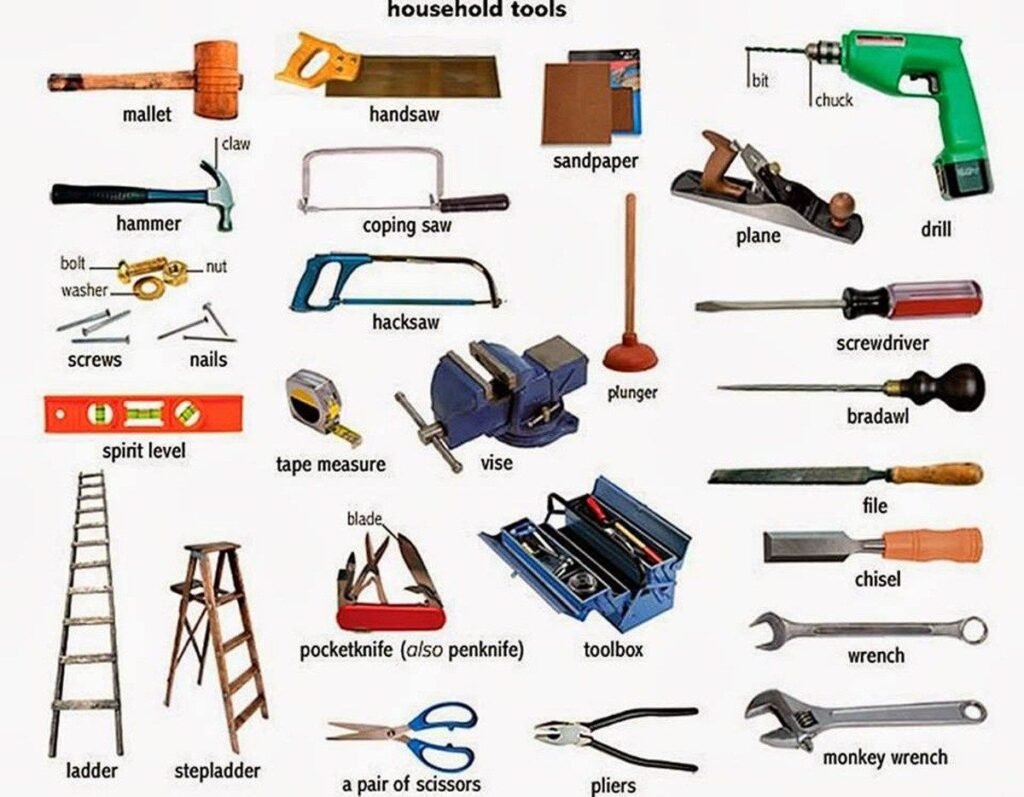
5. Gardening Tips for Beginners
- Start Small: Begin with a manageable garden size to avoid feeling overwhelmed.
- Learn and Experiment: Read gardening books, join local gardening clubs, and try different plants and techniques.
- Be Patient: Gardening requires time and patience. Enjoy the process and celebrate small successes.
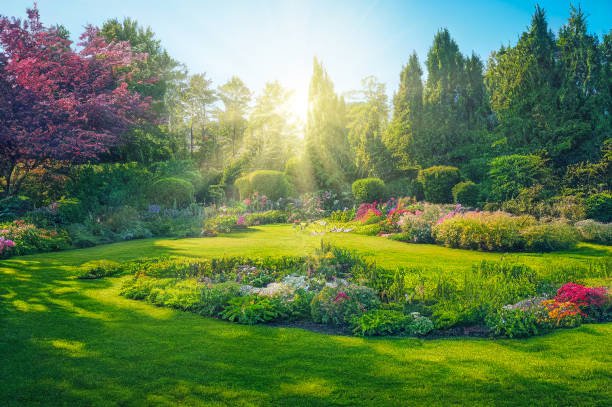
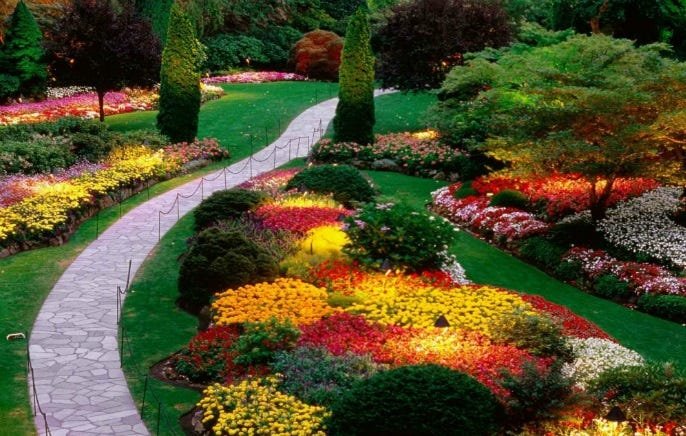
Gardening can be a fulfilling activity that enhances your home environment and provides a sense of accomplishment. Whether you’re growing a few herbs on a windowsill or cultivating a large vegetable garden, the key is to plan carefully, care for your plants, and adapt your approach as you gain experience.






